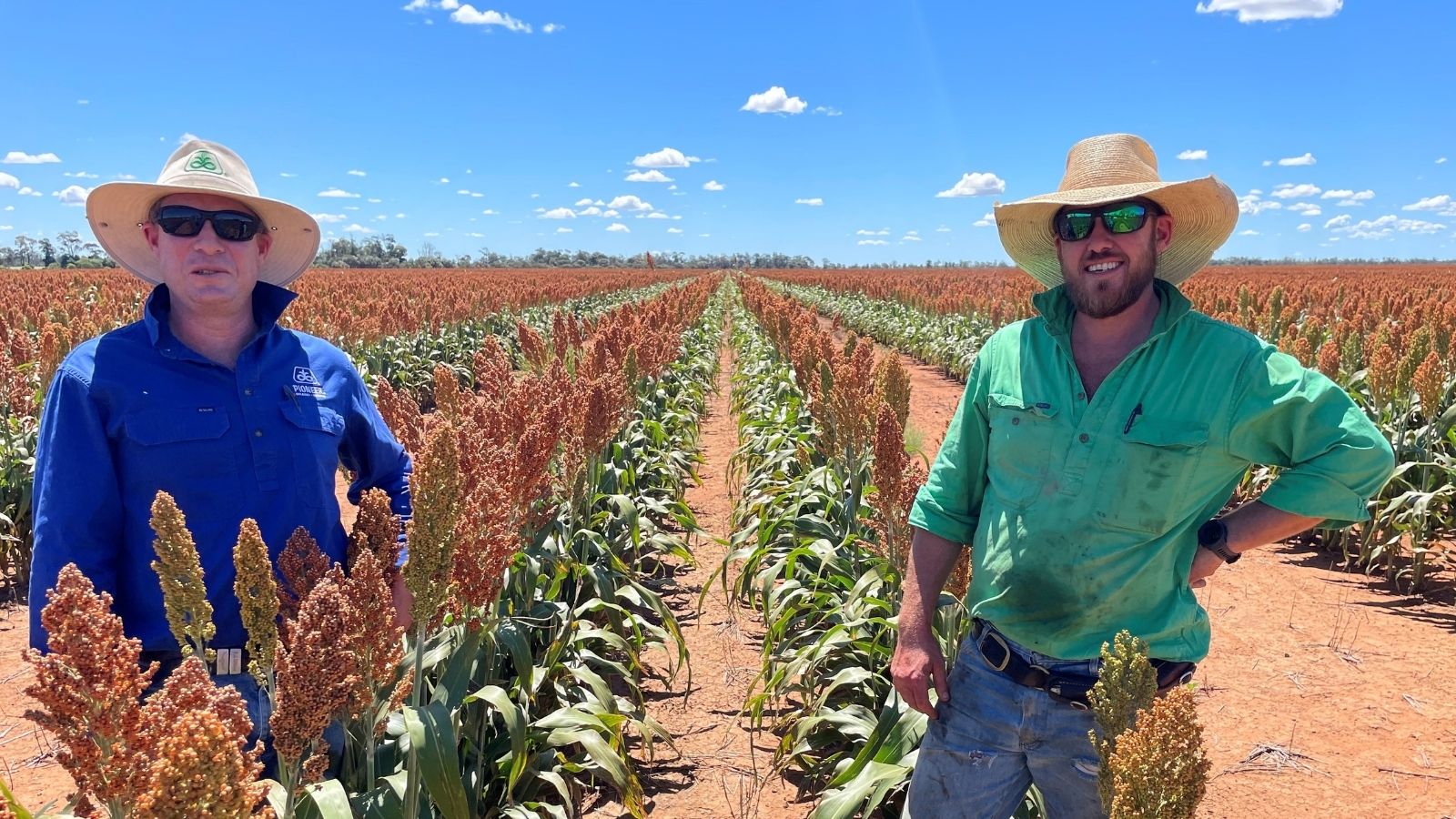



Article by: Hari Yellina
When it came to deciding where to settle their families, the Australian forefathers are said to have known a thing or two about picking the greatest farm property. When the McCracken family lobbed in the Kaniva district in the 1880s, it was the same way. The recent auction of the land proved their astute judgement, with over $8 million paid for their pick of 785 acres (318ha) of grain-sheep area. Their neighbours, who were the ones who took the risk, evidently believe that this is dirt worth getting their hands on. However, the McCrackens’ aspirations of Lillimur, a settlement about 10 kilometres outside Kaniva, expanding as a town were dashed.
The area’s low hills reportedly frightened rail extension planners, so they chose a less difficult route through Kaniva, which flourished as Lillimur vanished. Lillimur is now identified as the location of a large grain receiving site, which is convenient if you plan to maintain growing grain at the McCracken’s place, as the new owners clearly intend to do. Kaniva, with a population of roughly 800 people, is located closer to Adelaide than Melbourne and is only a few miles from the South Australian-Victorian boundary. A lovely and prosperous town, you must keep an eye out for children crossing the Western Highway, which transports a large number of trucks between the two capital cities. The construction of a new sports ground building has begun.
The hub building was packed with people expecting something spectacular to happen, and it did. The McCrackens had leased their land and rented out their former home for $110 a week, but after four generations in Kaniva, their name is still well known. Land in Lillimur is rarely available for purchase. Good seasons, paired with good grain prices, have given farmers the confidence to increase their holdings by taking advantage of historically low lending rates. While most of the southern grain belt has had three strong seasons in a row, even that has been hit or miss, the Kaniva district has had generally “hit” seasons for the past six years.
In addition, the McCracken land was sold in two lots, which was a wise option. Stuart Kyle of Westech Real Estate started the sale with the larger block, which included the homestead and sheds. At the hub, there was a large crowd. “We’ve come to take a look,” one of them explained. “These exorbitant prices will affect us all; rates will skyrocket,” remarked another. “If it goes well (which it did), I’ll be glad for them.” He returned to the auction to say they were “very close” to the reserve on the home block, and kicked it off again.
This time, the price quickly increased to $9600, and it was sold to the Williams family. Lot two, sometimes known as the “Highway block,” immediately rose to $9800 when merchants were consulted and, predictably, agreed it was for sale. Even veteran auctioneer Mr Kyle had a moment of confusion as bidding reached $10,000 per acre before the Hawker family took the day with a record $11,000, much to the delight of the crowd. Mr Kyle described the second lot’s two paddocks as “two of the greatest in the shire.” He believes that speculation about rising interest rates is also to blame for people willing to invest a lot of money to buy additional land before they retire, and that a long-term “benchmark” has been established.